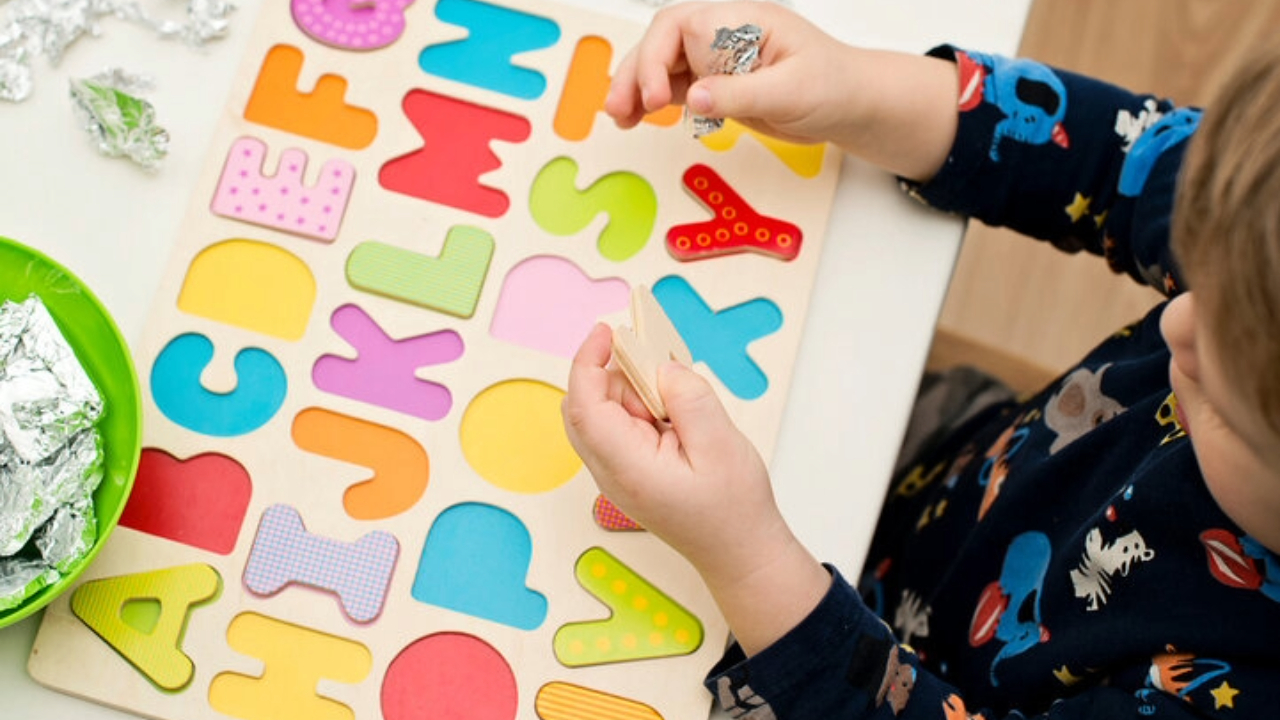From Silos to Synergy: Cross-Curricular Projects That Bring Math to Life

In many classrooms, mathematics is often viewed as a subject of numbers and formulas—taught in isolation from the world students live in. Yet, when curiosity enters the room, learning transforms.
“The important thing is not to stop questioning. Curiosity has its own reason for existing.” – Albert Einstein
As an educator, my passion has always been to help students not only understand mathematics but to love it. For me, teaching maths was never about worksheets alone; it was about showing learners how numbers come alive in their surroundings. That belief took me beyond classroom walls into projects that connected mathematics with art, science, and real life.
Planting Maths and Painting Water Tanks
Planting Maths – Students explored the growth cycle of plants while applying measurements, ratios, and data collection. They learned how maths shapes the way we record and interpret nature. This project also helped address the challenge of morning routines, where student attendance was an issue. The responsibility of nurturing and recording plant growth motivated learners, and as a result, attendance reached 100% early in the morning.
Painting a Water Tank – Here, creativity met geometry. Students calculated surface areas and patterns, then transformed them into vibrant designs, discovering how mathematics influences art and architecture.
Challenges and Determination
Many teachers say, “We don’t have time for such projects.” And it’s true—projects require planning, safety considerations, and often, external approvals. In my case, I reached out to the school management and even wrote to the ministry to ensure everything was safe and feasible.
But my conviction was clear: when a teacher’s passion shines, it reflects in the classroom.
“Curiosity is the wick in the candle of learning.” – William Arthur Ward
With persistence, what seemed impossible turned into experiences my students will never forget.
Why Innovation Matters in Project-Based Learning
Project-Based Learning (PBL) is built on the belief that students learn best when they apply knowledge to real-world situations. Innovative projects like “Planting Maths” and “Painting a Water Tank” bring the Gold Standard PBL framework to life.
They enable students to:
- Gain key knowledge by connecting abstract concepts to concrete applications.
- Develop deeper understanding by exploring how subjects overlap.
- Build success skills such as collaboration, creativity, and problem-solving.
When projects are innovative, they don’t just tick curriculum boxes—they create cultures of curiosity and engagement.
Building a Culture of Curiosity
In both projects, I witnessed something remarkable: students were not just completing tasks, they were eager to explore, motivated to ask questions, and proud to share their work. Curiosity led them to engagement, engagement deepened their understanding, and understanding gave them confidence.
“Great teaching is not about covering content—it is about uncovering connections.”
For multilingual learners, especially, this approach was transformative. They could see and feel mathematics in action, making abstract ideas tangible. It was no longer about memorising; it was about discovering.
Universal Design for Learning: Not One Size Fits All
Another essential layer to this philosophy is the Universal Design for Learning (UDL) approach. UDL reminds us that teaching cannot be a one-size-fits-all model. Every student brings unique strengths, interests, and challenges into the classroom. By providing multiple ways to engage, represent, and express learning, we ensure that projects remain inclusive. Whether it was through visual art, hands-on measurements, or collaborative teamwork, each learner found an entry point to connect with the project. In this way, curiosity was not limited to a few—it was nurtured for all.
Breaking Down Silos & Building Holistic Learning
One of the biggest challenges in traditional education is the 'siloing' of subjects—maths, science, art, and language each taught separately. This fragmentation limits students’ ability to see how ideas connect, and reduces real-world relevance. Embracing a cross-curricular approach, where teachers collaborate on curriculum design and projects intentionally draw together multiple subjects, fosters holistic understanding. Students develop stronger critical thinking and creativity, as they are invited to analyse, synthesise, and apply knowledge across disciplines. When learners see the relevance of what they study, not just in one isolated area but in many, motivation skyrockets.
Beyond the Classroom Walls
Teaching beyond the classroom walls taught me an important lesson: learning is most powerful when it connects. Mathematics cannot be separated from science, just as art cannot be divorced from design. Knowledge lives in the intersections, and when we allow students to explore those intersections, learning becomes an experience that lasts.
For me as a teacher, these projects were not simply lessons—they were expressions of passion and purpose. They proved that nothing is impossible if curiosity is nurtured, innovation is embraced, and passion is allowed to lead.
Because in the end, great teaching is not about covering content, it is about uncovering connections.
By Rubina Akhtar
Stay up to date
Subscribe to the free GESS Education newsletter and stay updated with the latest insights, trends, and event news every week. Your email address will remain confidential

